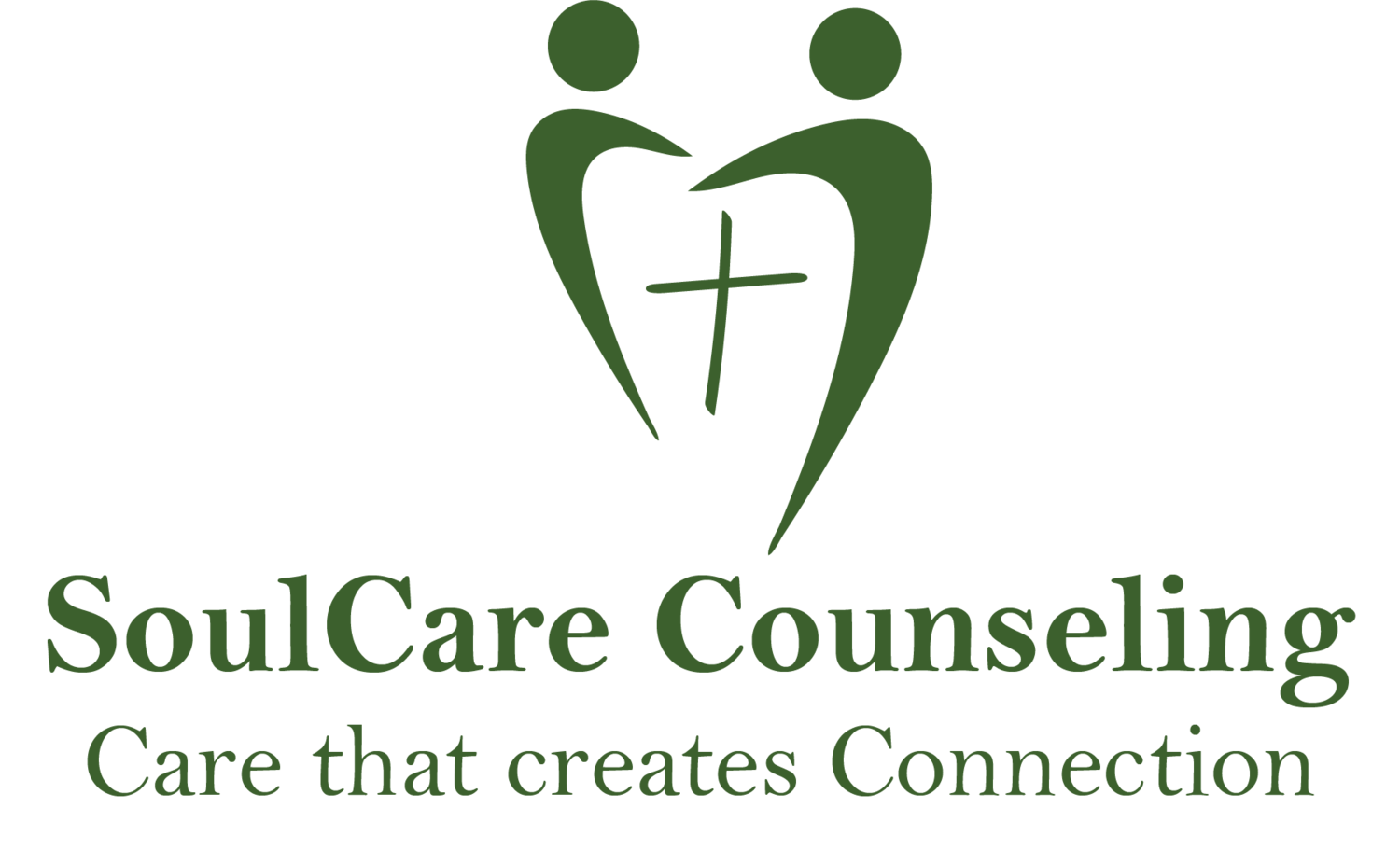What Is An Anxious Attachment Style?
Everyone, no matter who they are, needs and is seeking connection with other people. It’s part of our most basic makeup as humans. It’s as essential to our survival as air, food, and water. Science has proven this again and again through the work of psychologists like Dr. John Bowlby and Dr. Mary Ainsworth. In the psychology and counseling world, this is called Attachment Theory, and it basically says that humans, for their own well-being, will do whatever it takes for their relationships to survive.
In childhood, children learn to connect with their parents, and based on how they connect, they develop one of four attachment styles. One is secure, the other three are insecure styles of connecting:
Secure Attachment Style
People with a secure attachment style are secure in relationships. They tend to be warm, loving, comfortable with closeness, and at ease with their relationship.
Anxious Attachment Style
People with an anxious attachment style are insecure in relationships. They fear rejection/abandonment, seek constant closeness, seek approval, and are untrusting.
Avoidant Attachment Style
People with an avoidant attachment style are independent in relationships. They are self-reliant, do not value close relationships, and withdraw from any “scary” emotions.
Disorganized Attachment Style
People with a disorganized attachment style are usually trauma survivors. They basically switch back and forth between anxious and avoidant attachment.
In this blog, I’m going to explore the anxious attachment style. Maybe this is you. 20% of the population has an anxious attachment style which makes them extremely sensitive to any disconnection in their relationships.
Do You Have An Anxious Attachment Style?
In Emotionally Focused Therapy, which is what we practice at SoulCare Counseling, people with an anxious attachment style are called “pursuers” because when they feel a disconnection or rupture in their relationship, they anxiously, sometimes stridently, pursue their partner to get reconnected.
The irony is that, while they are desperately trying to reconnect with their partner, they unconsciously use tactics that make the disconnection worse. Some of the most common pursuing behaviors are:
Nagging
Criticizing
Complaining
Controlling
Exploding with anger
These are survival strategies that they learned in early childhood. Because of something that happened in their relationship with their parent or parents, they developed a deep fear of rejection/abandonment, and they learned that if they did these behaviors, they at least got some kind of attention. The pursuer is trying to get their partner to respond to their distress and sooth their emotions, which, of course never works. The partner usually withdraws, intensifying the pursuer’s distress and pursuing behaviors.
Why don’t they just tell their partner that they need to feel close to him or her and are distressed by a feeling that they are losing connection? Because they never learned to do that. That’s what we help them do in Emotionally Focused Therapy. Their default, otherwise, is to be reactive and attack or cling.
People With An Anxious Attachment Style
Are Always Asking Three Questions
People with an anxious attachment style, or “pursuers,” have a hair trigger for disconnection. Anything that even slightly feels like disapproval, rejection, disinterest, or abandonment makes them feel anxiety about the status of the relationship, triggering their pursuing behaviors. They are constantly asking, usually unconsciously, three questions about their partner. We put this in an acronym, A.R.E., with the question, “Are you there for me?”
“Are you Accessible?”
Pursuers wants to know that their partner can be accessed physically or emotionally at any time, that something or someone else is not more important. When the partner is away physically or emotionally, perhaps lost in their cell phone or a TV show, it triggers the pursuer’s alarm bells that there is threat of disconnection.
“Are you Responsive?”
Pursuers want their partner to interact with them on an emotional level in good and bad situations. When they do, it calms the pursuer’s nervous system and helps him or her relax. Conversely, when the partner fails to tune in emotionally, anxiety alarms go off and the pursuer goes into panic mode to rescue the relationship.
“Are you Engaged?”
Pursuers want to know that their partner values them enough to engage with them, to be involved and absorbed with them. Knowing that one’s partner desires and enjoys being involved and interacting with you is very calming. But feeling that that one’s partner is disengaged, detached, or uninterested is upsetting and triggers a fight for survival.
How To Fix Your Anxious Attachment Style
If you see yourself in the anxious attachment style, you might wonder, “How can I change from an anxious attachment style to a secure attachment style?” The answer is, you need a secure relationship in which you can learn how to keep that sense of connection.
It is highly unlikely that you can create that kind of environment yourself. You need the help of a trained Emotionally Focused Therapy counselor to aid you and your partner in finding the security in which you can calm your anxiety. You will learn what triggers your negative conflict cycle, what your true needs are and how to start expressing those needs in a way that will draw your partner close.
I urge you to read more about Emotionally Focused Therapy, and then reach out to us to schedule a free thirty-minute consultation to see how we can help you get and stay securely connected.
Kelly Heard is a Licensed Marriage and Family Therapist - Associate under the supervision of Shaun Burrow, Ph.D., LMFT - Supervisor and LPC - Supervisor. She holds a Master’s Degree in Marriage and Family Therapy and is a member of the American Association for Marriage and Family Therapy.



